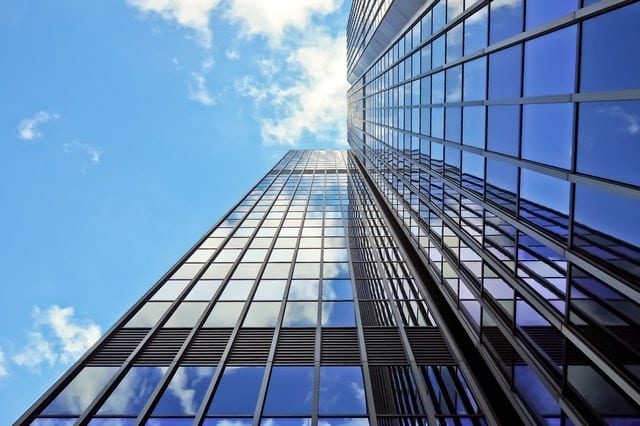
How Can We Construct More Environmentally-Friendly Commercial Buildings?

Ensuring our buildings are more environmentally-friendly is not as big of a hurdle as some may initially assume. Depending on the types of materials used in construction, the energy consumption of the building itself and overall design, any structure can impact the surrounding environment in a positive way. With new technologies and a better understanding of the world around us, there are few reasons for companies to harm the environment through the construction of new buildings.
Constructing greener buildings doesn’t even have to be more costly. In addition, clients and consumers will view your company in a positive light once they realize the pro-environment stance you’re taking. By marketing to an entirely new demographic without losing your original target audience, you won’t see a loss in profit margin. Companies being environmentally conscious is the new trend.
Energy Consumption
There are a few things to keep in mind when creating an environmentally-friendly, sustainable building, the biggest of which is power. By taking a more intelligent approach to energy, the structure can consume less power, which will result in nothing being wasted and a lower utility bill. Conserving energy can start with turning off the lights, but you can go further by using low-carbon technology to supply the building’s energy for you.
Commercial buildings take a surprising amount of energy from the grid, not just costing more but using more than necessary. In the United States, buildings take up 41 percent of energy consumption, more than the industrial sector at 30 percent or the transportation sector at 29 percent. The waste is unnecessary and can be cut out.
Water Consumption
You may be surprised how much water is used in buildings. Disregarding places like restaurants or hospitals completely, you’re still looking at a lot of plumbing. Even in buildings with no employees, like server farms, water will still be used and consumed. The question is how to cut down on so much water use.
Water can be harvested for safe use indoors while minimizing the amount used in buildings. This goes down to an infrastructure level, though, and needs to implemented consciously. Also, being aware of the surrounding environment is key. Don’t build in an area where storm water runoff and drainage occur. Choosing an ideal location from the start can avoid these problems.
Minimizing Waste
Energy and water certainly aren’t the only factors at play when considering environmentally-friendly buildings. Using durable materials means you won’t need additional support or replacements in the future. Concrete is a perfect example. While being versatile and strong, concrete production creates less carbon dioxide emissions than other materials. Even better, recycled materials are increasingly being used to extend the lifecycle of concrete, wood and other common products.
Looking ahead is another important step. When considering the end of a building’s life, whether that be 20 or 100 years later, designing for demolition during the construction stage can save on waste recovery. While modern demolition services are doing their best not to harm the environment, they sometimes have no choice in the matter. The process starts with initial building and construction.
Sustainable Buildings
Being sustainable is to be environmentally-friendly, but the same can’t always be said in reverse. While you may want to be environmentally conscious in your company’s efforts, you’ll have to consider your best options, too. Luckily, technology has been able to advance in such a way as to make environmentally-friendly living and businesses far more sustainable than they have been in the past. By taking a look at all the options available, a company may find going the environmentally-friendly route may not only be the most sustainable option, but the most affordable, as well.

Holly Welles runs her own blog, The Estate Update, where she posts weekly updates on design, gardening and eco-friendly fixes. Holly believes anyone can learn to make the most of their space, which is why she writes about home improvement all over the web.



Post a comment